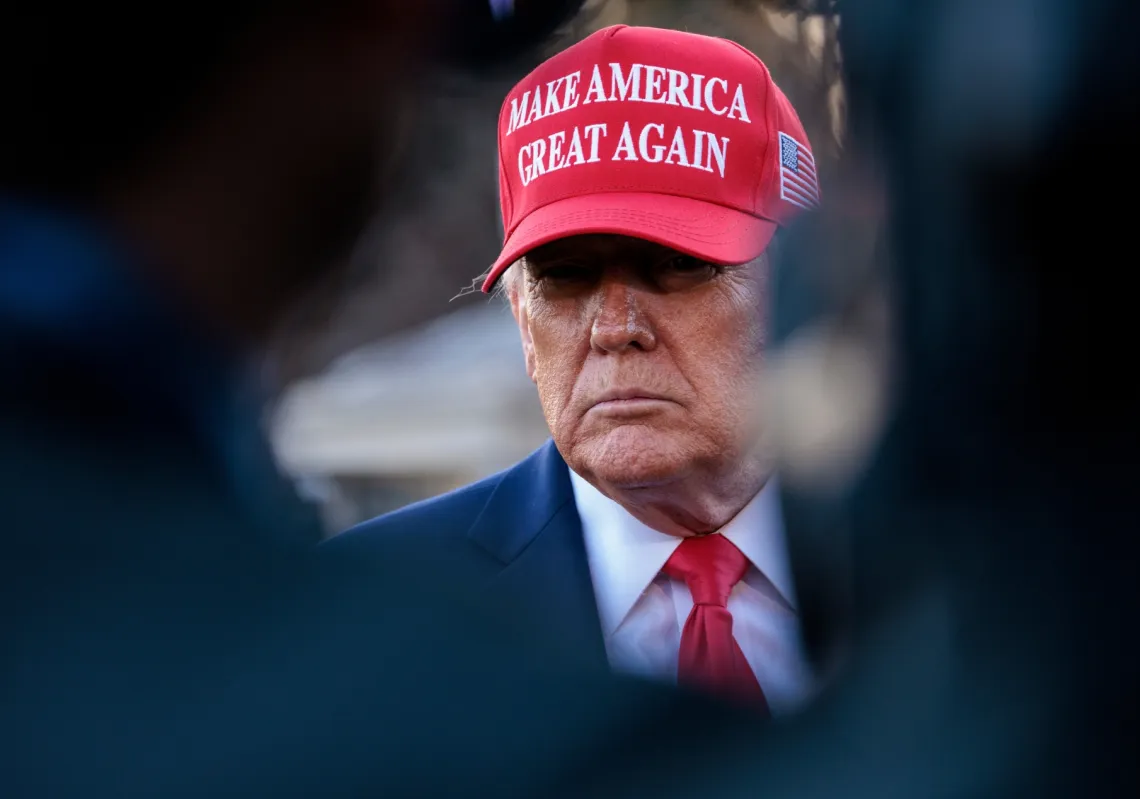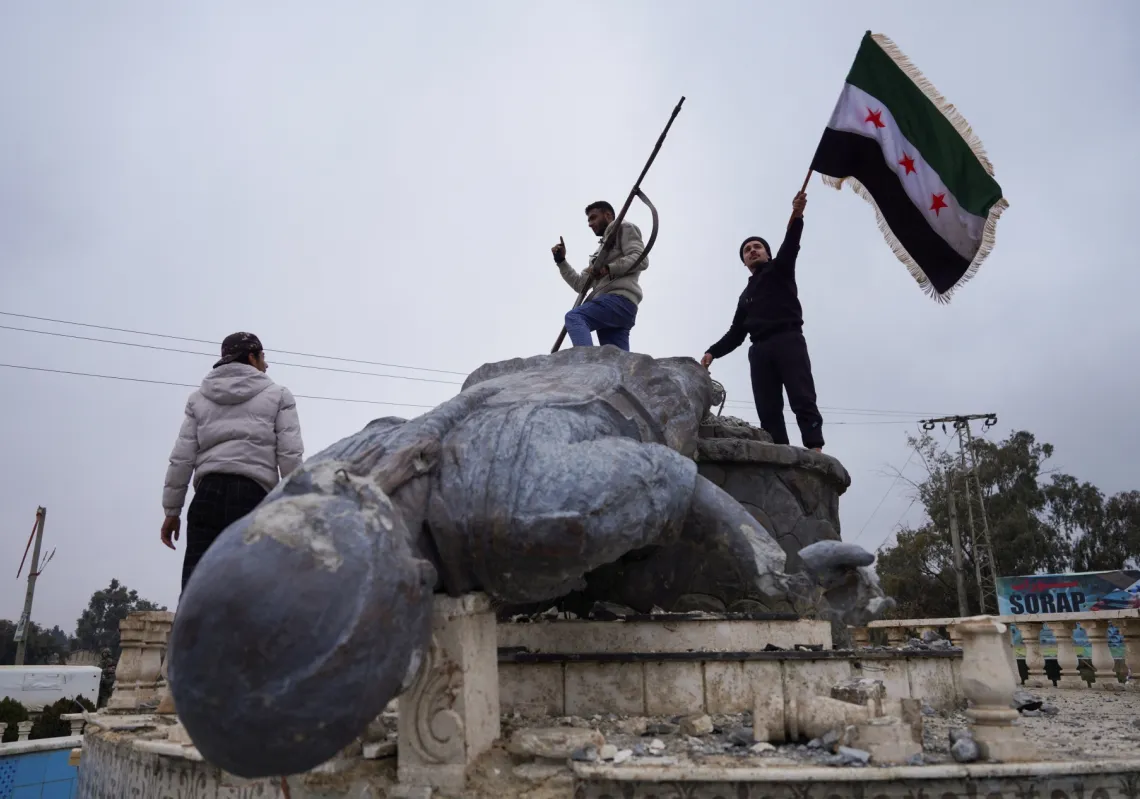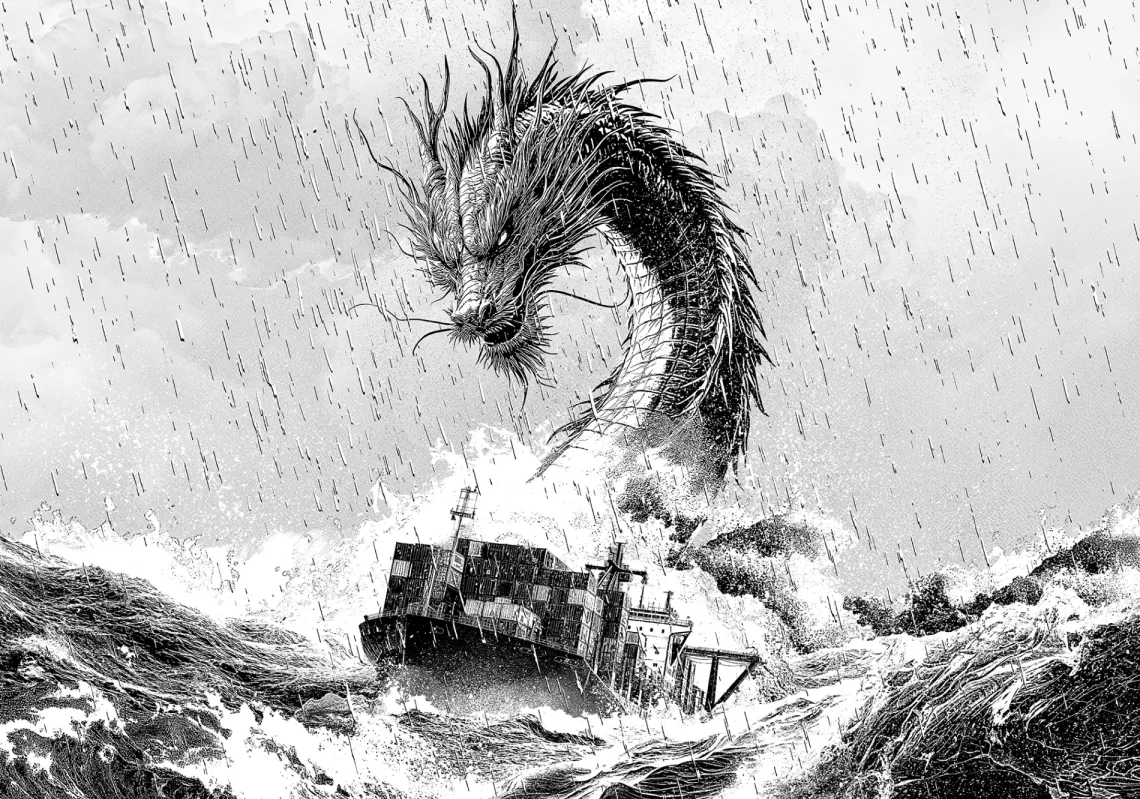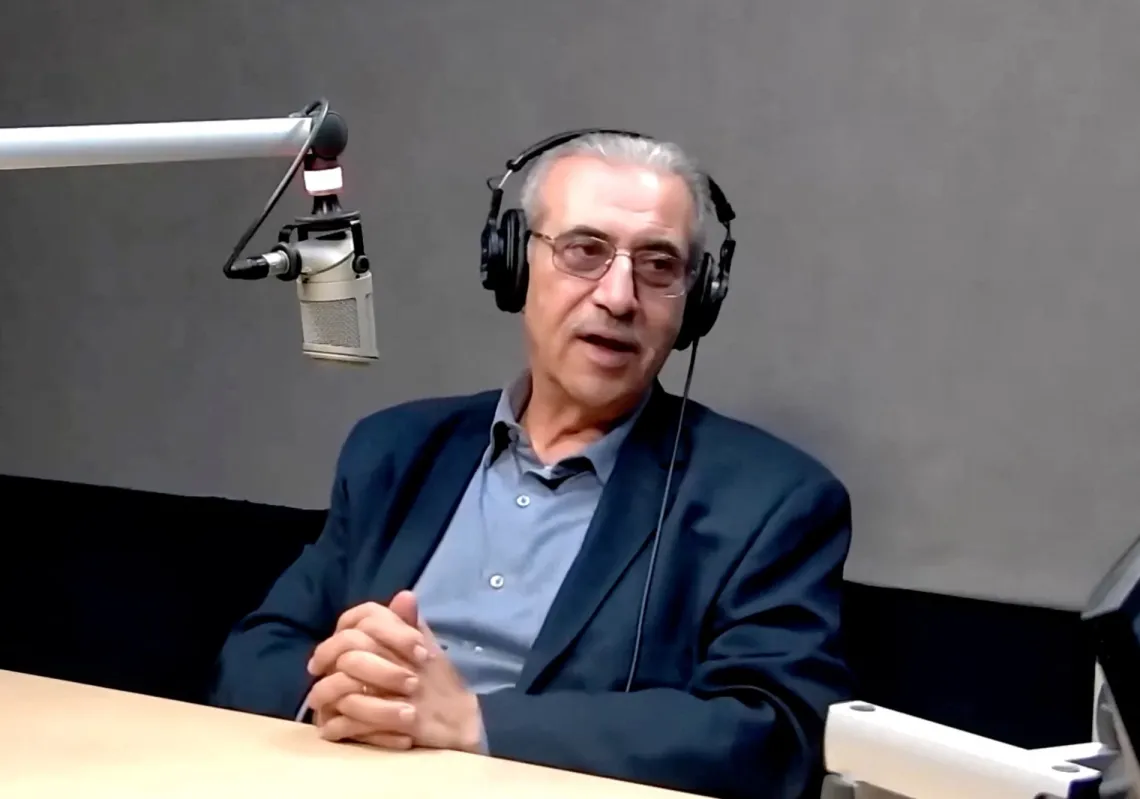 [/caption]
[/caption]
The youthful energy that brought about the revolution and held millions in downtown Cairo’s Tahrir Square for several weeks has inspired many young, independent creators. The events injected an enormous amount of energy into all artistic minds, thrilled to express themselves during that historical moment. The 18 days in which the protesters successfully ousted Mubarak, and the months after, have witnessed an explosion of an uncontainable artistic force.
Tahrir square itself contained a wide spectrum of artistic activity. Young musicians accompanying protesters with their guitar or oud in hand occasionally led chants which took on a raw form of rhythmic and musical expression. At their tiny spots on the pavement, visual artists documented events with paints and crayons. Spray painting expressed the revolutionary spirit on the asphalt and elaborate stencils and graffiti appeared on the lampposts and electricity boxes in the square’s neighborhood. As the days went by artistic banners and pro-democratic posters decorated the area.
The subsequent weeks gave birth to an even wider artistic output. Painting, music, documentaries, theatrical plays and all forms of art became an outlet for those who aspired to capture the revolution—completing the energy of the square. However, once that concept was torn out of its nurturing cradle there needed to be found a new independent and creative context.
[inset_left]The social function of art is to reflect on changes happening in the world and one of the artist’s roles is to contribute towards that change.[/inset_left]
Theater troupes trying desperately to ride the revolution’s wave with plays such as Hanekteb Dostor Gedid (We Will Write a New Constitution), El-Nafeza (A Window), Taskara ela Tahrir (Ticket to Tahrir), among several others, force Tahrir’s slogans, incongruously, onto wooden stages. Many of these theatrical attempts are artistically immature and do not do justice to the passion and the earnest spontaneity of the revolution.
Exhibitions such as To Egypt with Love at the Safarkhan Gallery—presenting conceptual photography celebrating the banners and posters on display during the revolution—as well as Maspero (Egypt’s state TV building) exhibition at the Darb 1718 cultural center, are only two examples among dozens of similar exhibitions that often reduce the events to simple documentation.
The social function of art is to reflect on changes happening in the world and one of the artist’s roles is to contribute towards that change. However, the role of art itself is neither one of a reporter, nor as an unbiased mirror of reality. Artists—commentators on the reality—are expected to possess a capacity for creative reflection interconnected with individual imaginative processes. Hence, their works become inspiring, valuable and enduring.
It is clear that many Egyptian artists, especially of the young generation, have a strong urge to reflect the events unraveling before their eyes, though they often seem to fall into a trap of self-inflicted obligation and cannot get historical distance from their work. It is still too early for these artists to analyze the events that have only recently occurred, to absorb them into their imagination and create valuable and lasting creative reflections.

Graffiti, as the rebellious commentator on events in Egypt post-revolution, has a high artistic value but also lacks the ability to hold durable thoughts. Surprisingly, this proves to be a successful artistic expression. Covering many corners of Cairo streets the success of graffiti lies in its presence and the messages it conveys. Equally, the outburst of caricatures and cartoons circulating the social media networks—with some published or broadcast in Egyptian media—find their validity in an ironic approach to the events.
Whereas graffiti is limited by its natural lack of durability and cartoons target specific, newsy events, documentaries have a better chance of durability and a larger thematic scope. Many Egyptian filmmakers have transposed footage recorded during the 18 days into films such as 18 Days, Tahrir 2011, The Agenda and Me among others. Though only a select few have a strong artistic backbone, it is their documentary value that makes them popular and sought after by international film festivals such as those held in Cannes, Venice, Rotterdam, Toronto and Malmö.
Egypt’s revolution with its bubbling effect in the arts remains a great challenge for all independent artists. At the same time, the international audience, local festival organizers and commercial outlets want to see the artistic fruits of the revolution, adding to the pressure on artists to produce. However, only historical perspective will help art shape creative, valuable reflections. Sure enough this perspective will come within the near future, as the art world will start surfacing with creative, well-thought-out and valuable artistic expressions of Egypt’s revolution.
We can celebrate the arrival of many independent artists on the scene, but Egypt must not forget about the huge challenges ahead. A short version of the head-whirling, to-do list includes purging Egypt’s arts scene of the corruption that has been decaying several artistic institutions as well as removing the old and rigid mentalities filling crucial executive posts, eliminating censorship in all forms and confronting the Islamists—who now they are allowed to voice their opinions, are asserting their own understanding of art and its role in society.
The complexity of troublesome issues needs a clear vision and solid understanding of art and its values. Once this happens, and is complemented with the independent arts scene, we’ll be able to talk more solidly about the shape of Egypt’s twenty-first century renaissance.








